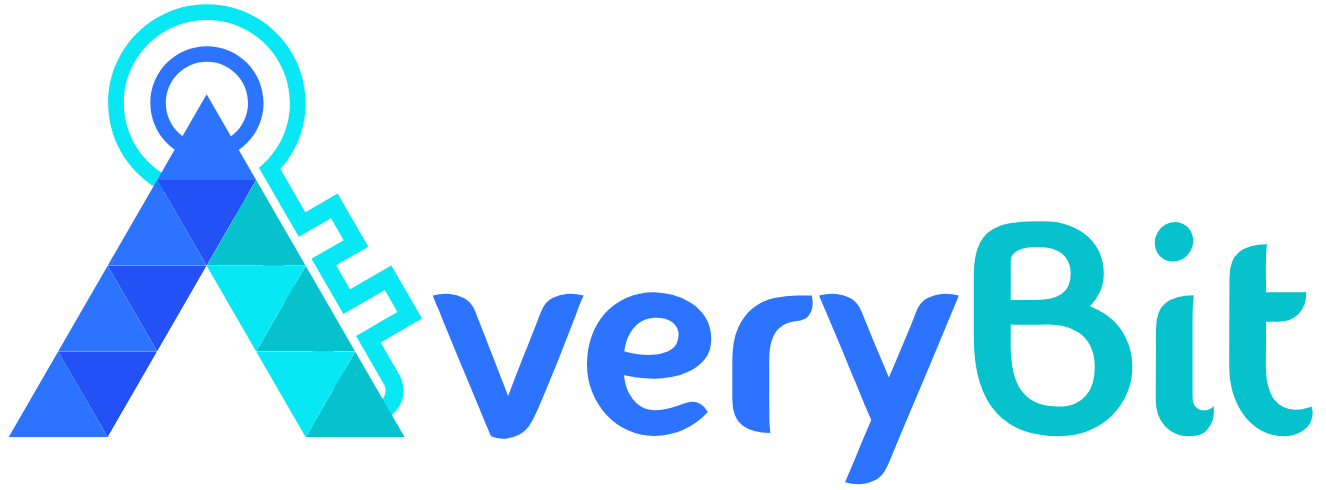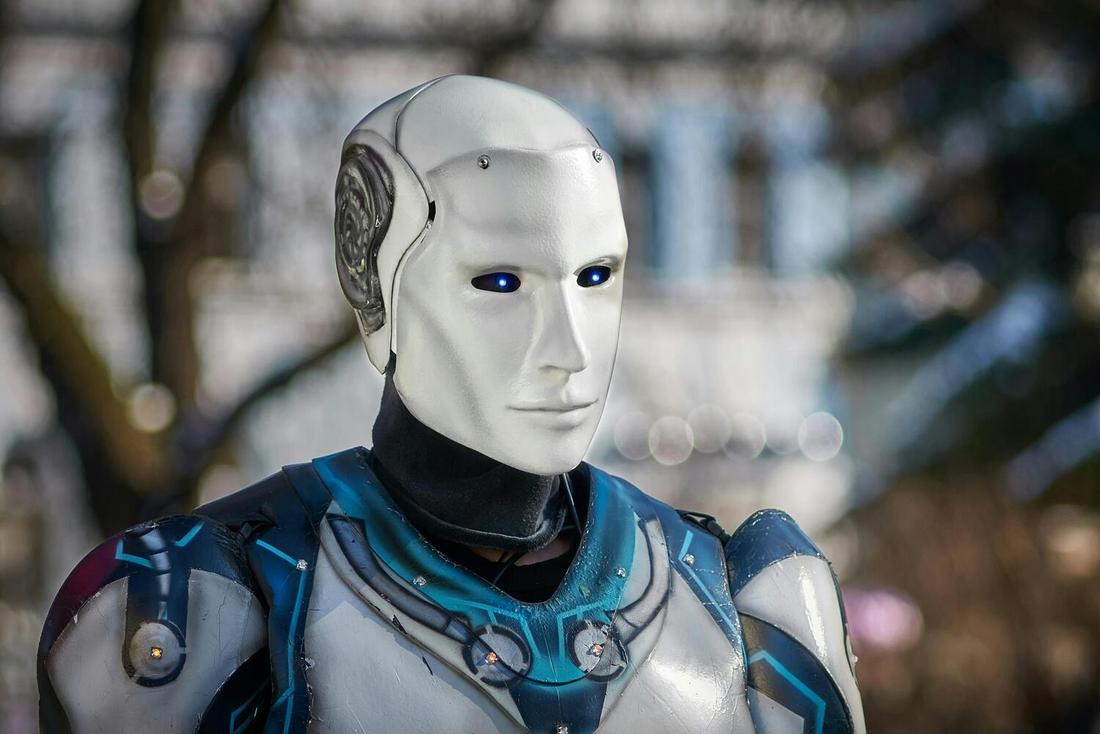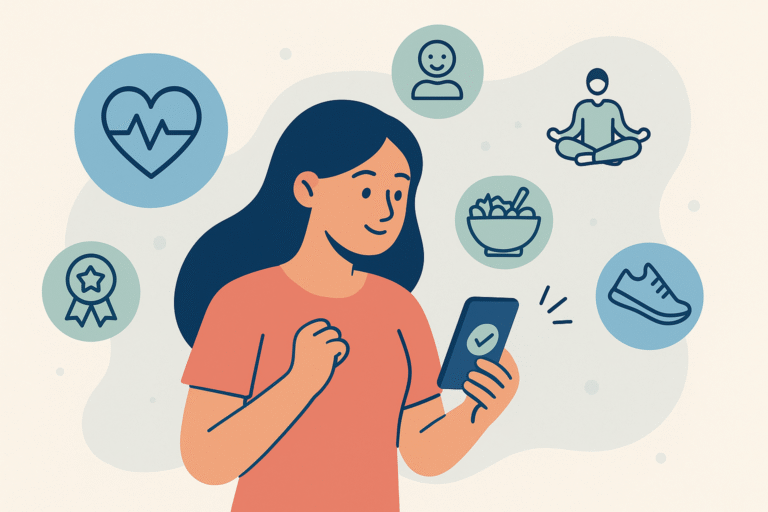From healthcare to entertainment, Generative AI is a revolutionary technology that is reshaping industries and pushing the boundaries of what we thought was possible. Through the use of cutting-edge algorithms and deep learning, generative AI is revolutionizing artistic creation, enabling machines to produce breathtaking paintings, music, etc. But the impact of this technology extends far beyond the realm of art. With its ability to generate lifelike human voices, it has the potential to revolutionize customer service, making virtual assistants indistinguishable from real humans.
Furthermore, generative AI is transforming the healthcare sector, enhancing diagnosis accuracy and speeding up treatment development. It’s also revolutionizing transportation with self-driving cars and advancing manufacturing with automated processes.
The Power of Generative AI
Generative AI represents a groundbreaking shift in the way machines interact with data, creating a new paradigm in artificial intelligence that allows systems to produce original content rather than simply analyzing or reproducing existing information. At its core, generative AI utilizes sophisticated algorithms, particularly those based on deep learning and neural networks, to emulate human creativity. This technology can create anything from realistic images and music to complex text, effectively mimicking the creative processes traditionally reserved for humans. The implications of this capability are profound, as it empowers machines to not only assist with but also autonomously engage in creative tasks.
One of the defining features of generative AI is its ability to learn from vast datasets. By training on diverse and extensive pools of information, these AI systems can identify patterns and generate outputs that are not just derivative but novel. For instance, in the realm of visual arts, generative adversarial networks (GANs) can produce strikingly realistic paintings or graphics that challenge our understanding of artistic creation. Similarly, in the world of music, algorithms can compose original scores that resonate with human emotions, demonstrating a remarkable understanding of harmony and rhythm. This level of creativity invites us to reconsider the essence of art and the role of the artist in a future where machines can replicate or even surpass human ingenuity.
Furthermore, the transformative power of generative AI extends beyond the arts into practical applications across various sectors. In fields like architecture, generative design software allows architects to explore numerous design possibilities based on specific parameters, enhancing innovation and efficiency in the design process.
Enhancing Customer Experience with Generative AI
The integration of generative AI into customer service is revolutionizing the way businesses interact with their clients. Virtual assistants powered by generative AI can respond to inquiries with an unprecedented level of sophistication, utilizing natural language processing to understand and engage in human-like conversations. This technology enables companies to provide 24/7 support, ensuring that customer needs are met promptly and efficiently. Unlike traditional chatbots that rely on pre-programmed responses, generative AI can generate answers on the fly, adapting to the context of each interaction and delivering personalized experiences.
Moreover, generative AI can analyze customer data to anticipate needs and preferences, allowing businesses to tailor their offerings more effectively. For instance, e-commerce platforms can leverage AI algorithms to recommend products based on past purchases, browsing history, and even social media activity. This predictive capability not only enhances the shopping experience but also fosters a deeper connection between consumers and brands. By understanding and anticipating customer behavior, businesses can create more engaging and relevant interactions, ultimately driving loyalty and increasing sales.
Transforming Healthcare with Generative AI
Generative AI is poised to revolutionize the healthcare industry by enhancing diagnostic accuracy and expediting the development of treatments. One of the most significant applications of generative AI in healthcare is in medical imaging, where AI algorithms can analyze images such as X-rays, MRIs, and CT scans with remarkable precision. By training on extensive datasets of medical images, generative AI can identify subtle patterns that may be missed by human eyes, leading to earlier and more accurate diagnoses of conditions such as cancer or neurological disorders. This capability not only improves patient outcomes but also reduces the burden on healthcare professionals, allowing them to focus on patient care rather than time-consuming analyses.
In addition to diagnostics, generative AI is accelerating drug discovery and development. Traditional methods of developing new medications can take years and require substantial financial investments. However, AI-driven models can simulate how different compounds interact with biological systems, identifying promising candidates for further research much more rapidly. By generating data on potential drug interactions and efficacy, these AI systems can streamline the development process, significantly reducing the time from concept to market. This acceleration is critical in responding to public health challenges, as evidenced by the rapid development of COVID-19 vaccines, where AI played a role in identifying viable candidates.
Automated Content Creation
The field of producing content has been profoundly touched by generative AI. With the help of tools like OpenAI’s GPT-4, authors, journalists, and marketers can produce excellent written material in large quantities. AI-generated content helps organizations grow their content operations without sacrificing quality by saving time and improving efficiency when creating blog posts, social media captions, product descriptions, and even news pieces.
These AI technologies can mimic human-like writing styles by using sophisticated language models, guaranteeing that the material seems authentic and fits with the tone of a brand. This automation facilitates mass-tailored client connections while streamlining marketing initiatives.
Code Generation
By automating the creation of code, generative AI is simplifying the software development process. By producing code snippets from natural language input or comments in the code, tools like GitHub Copilot help developers. As a result, developers can concentrate on more difficult jobs since they spend less time creating code and make fewer mistakes.
AI may also improve the performance, security, and scalability of current code. This speeds up the time to market for software products and increases the efficiency of the development process.
Conclusion
From software development to content production and healthcare, generative AI is changing sectors and opening up new opportunities. We may anticipate many more creative use cases to surface as technology develops further, revolutionizing how companies run and how customers engage with products and services. Generative AI is a true game-changer with the potential to improve creativity, efficiency, and personalization.







